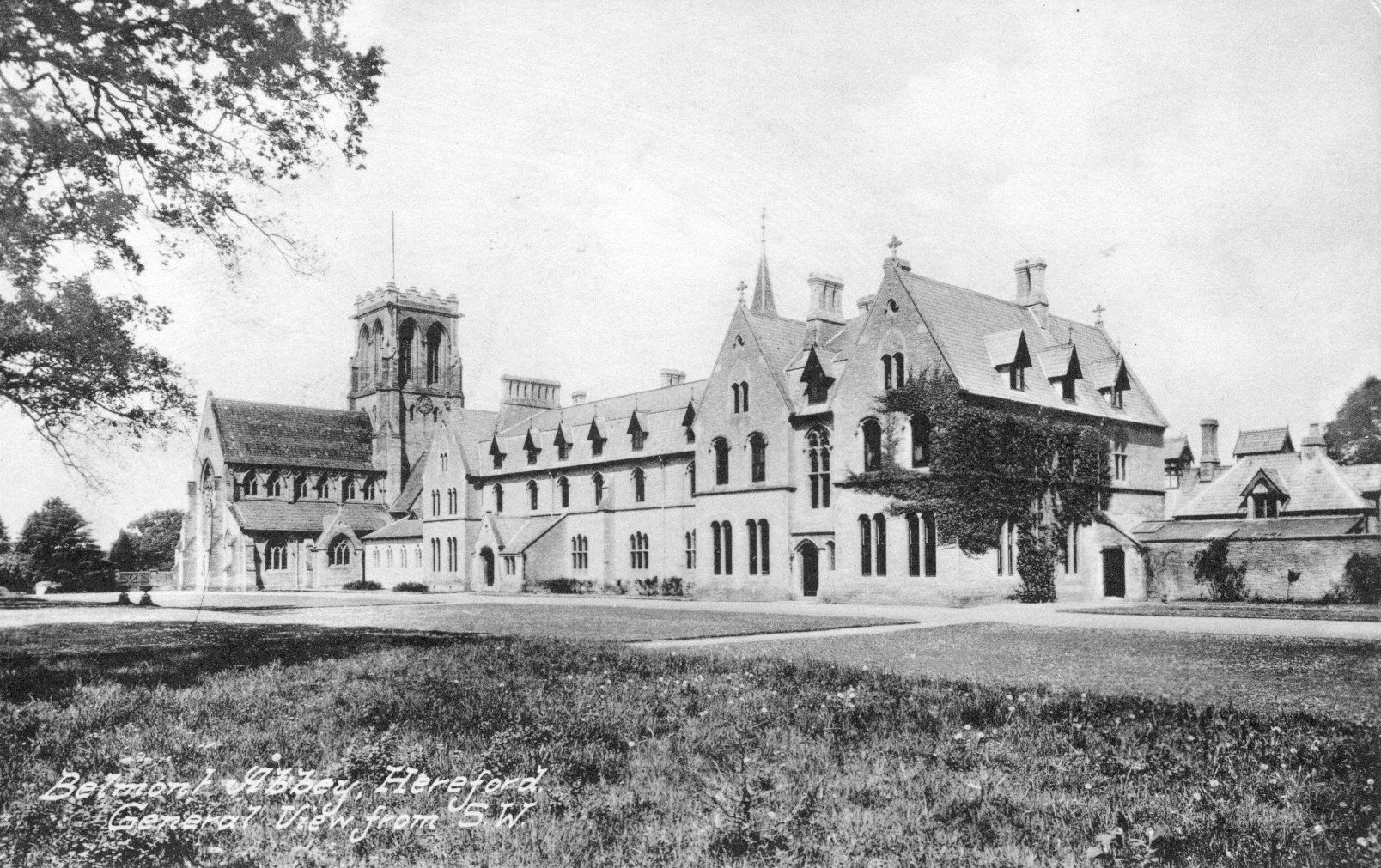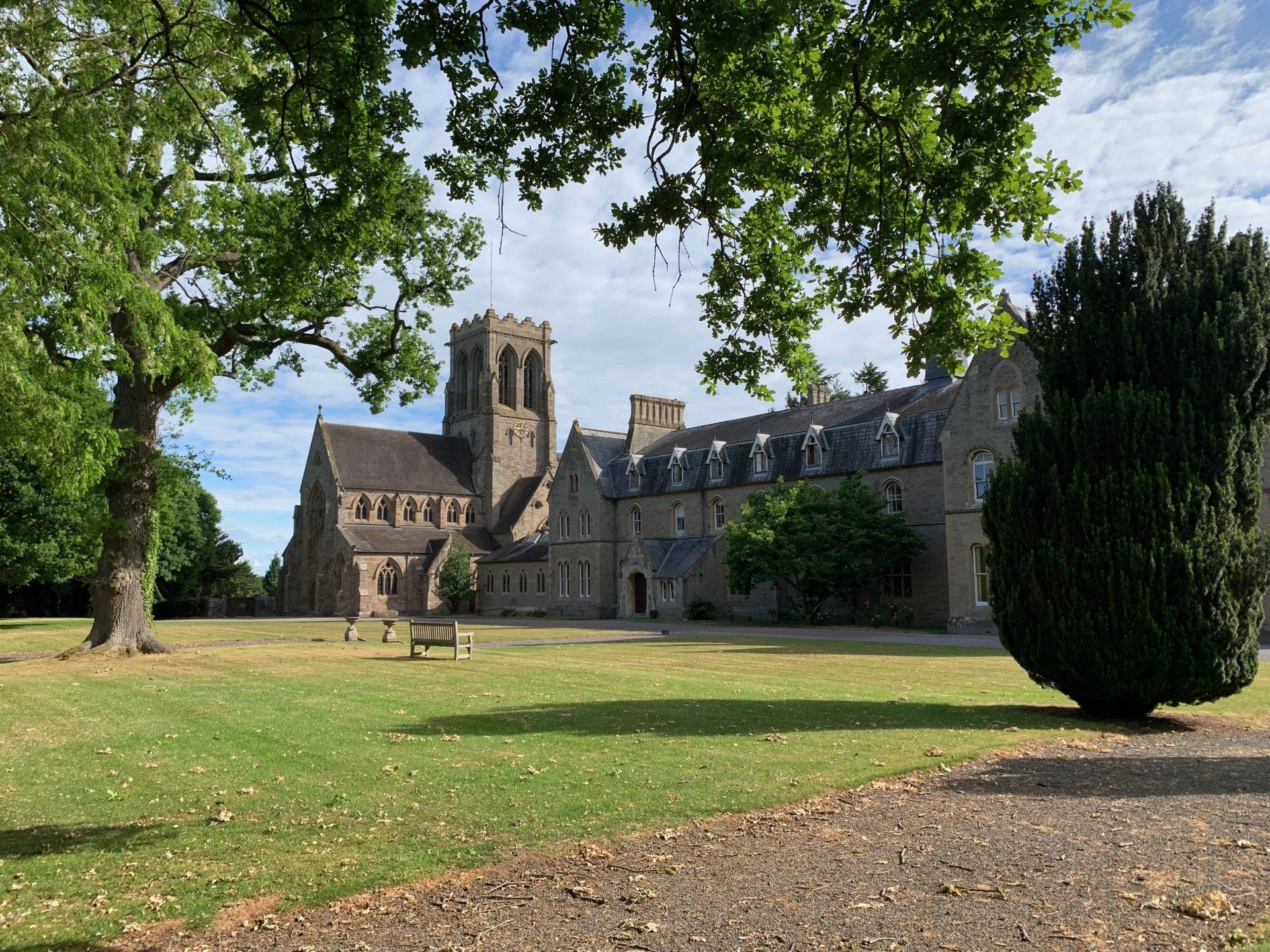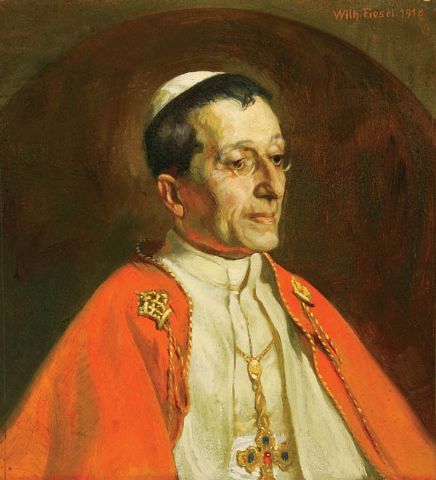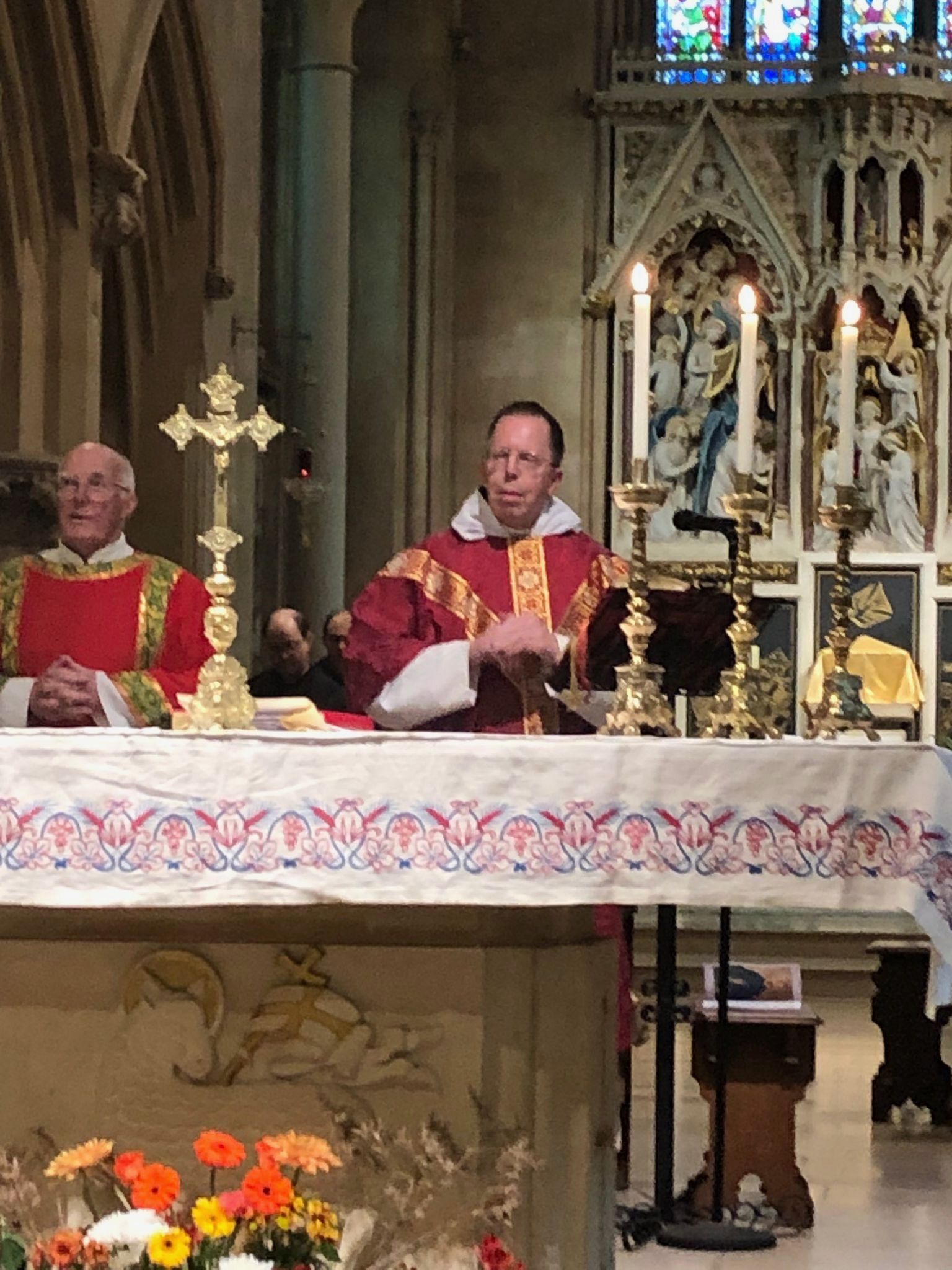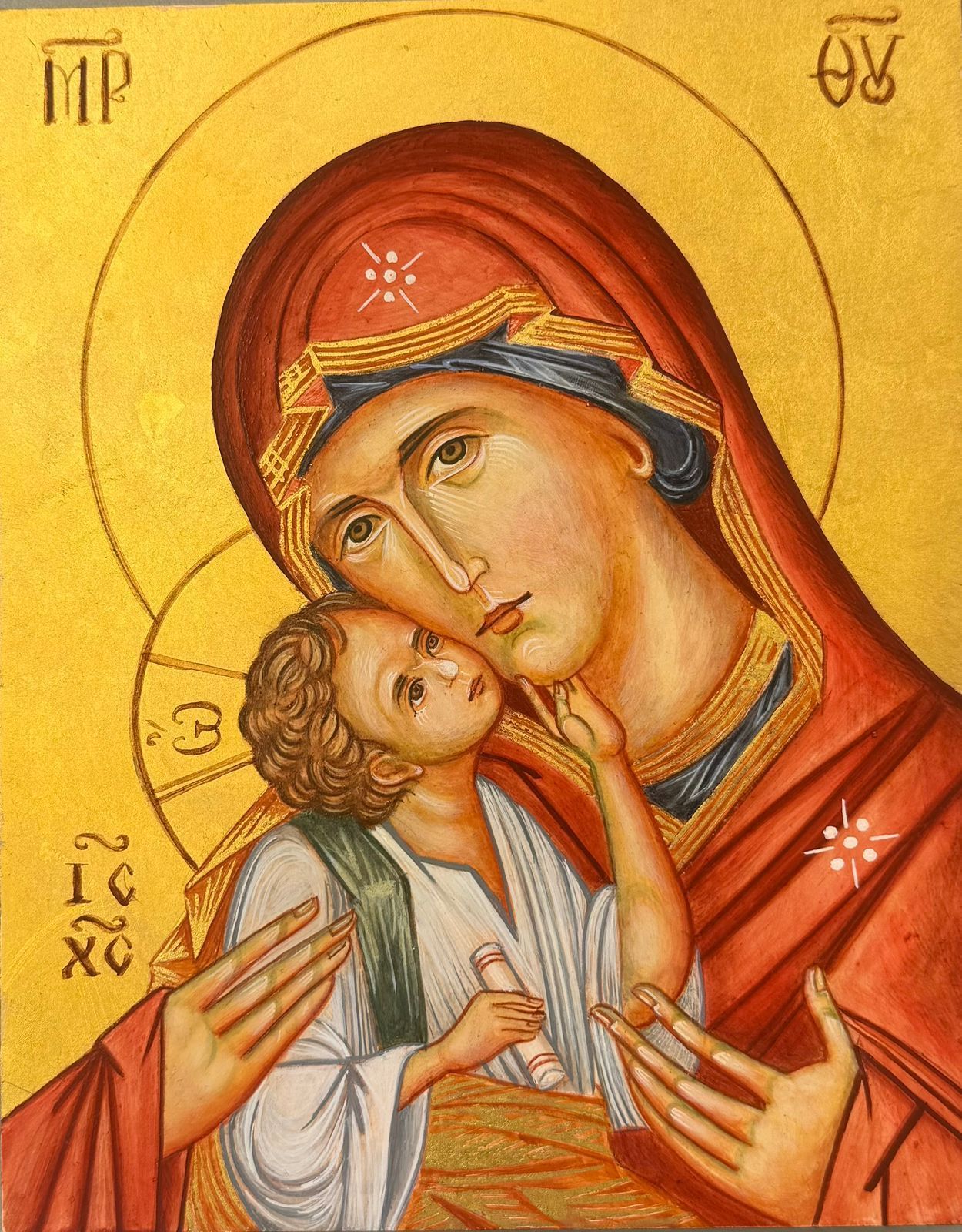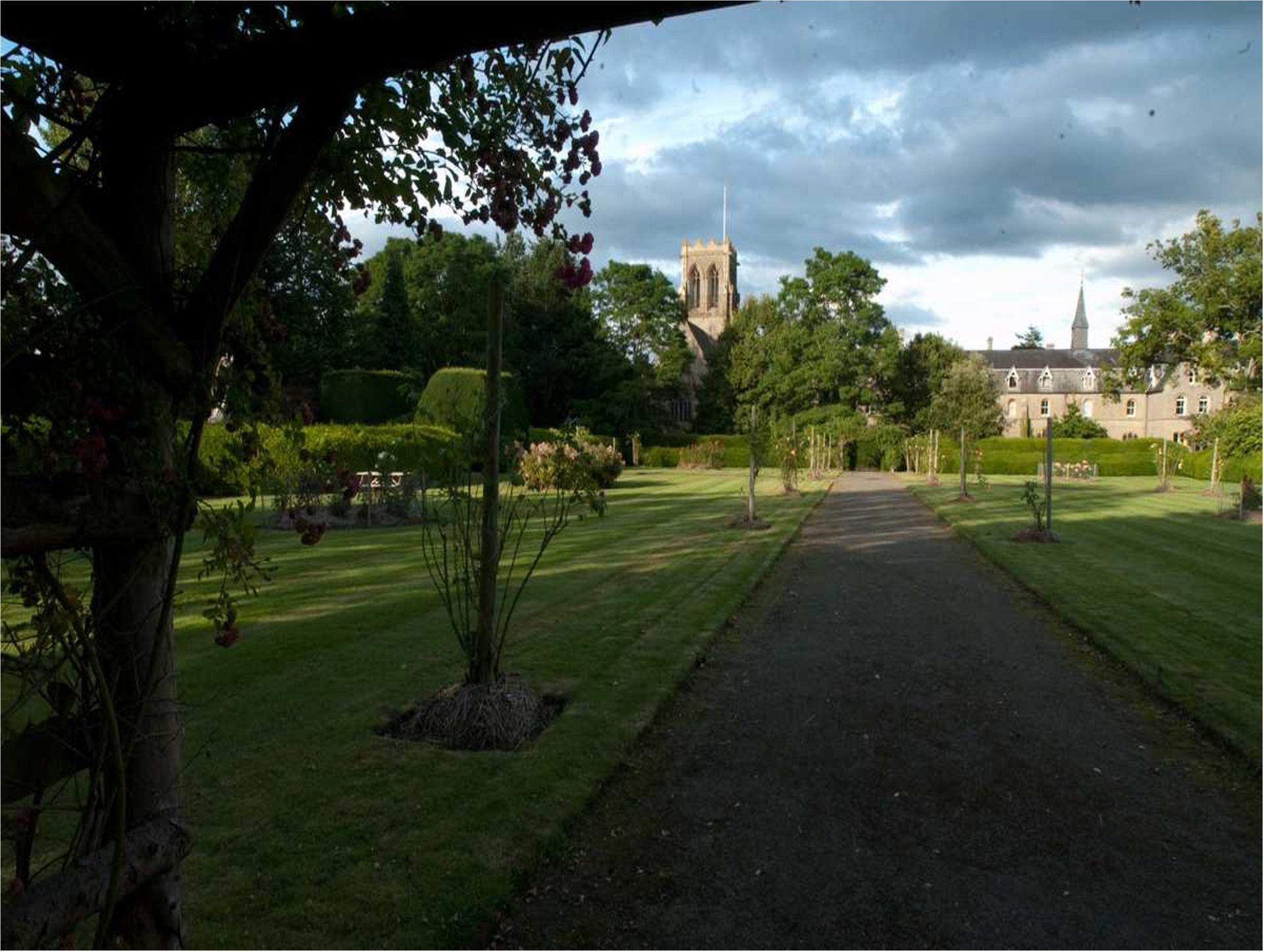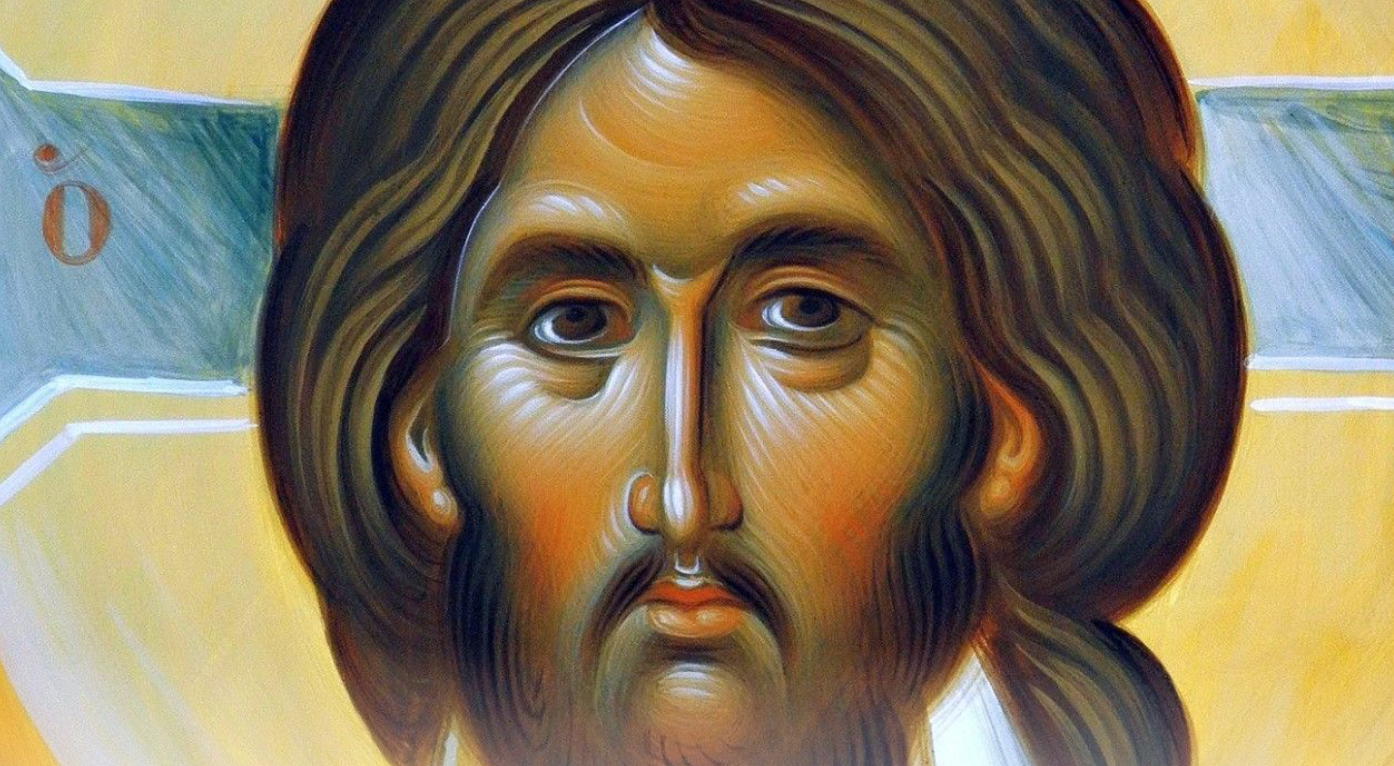Thus Belmont found itself at this time with no specific role, neither the Common Novitiate nor the Pro-Cathedral. Yet Prior Aelred Kindersley (pictured as Abbot) who had taken up his office in 1915, saw it as a golden opportunity. He had high hopes that Belmont could become an independent house and be granted the status of an abbey.
To his shock and disappointment Rome issued a new Papal Bull, Cambria Celtica
on 7th Feb. 1916 which stated that the new Archdiocese would have two Chapters with two groups of Canons, a new Secular one while maintaining the Monastic Chapter from Belmont, a hitherto untried system. Prior Kindersley appealed to Archbishop Bilsberrow. Newly arrived from St. Louis in Mauritius and having difficulty in adapting to the Welsh climate, he was reluctant to get involved and hoped that the General Chapter of the Benedictines would deal with the issue.
In their turn the General Chapter wished that Belmont would become a House of Studies for the Congregation but would have no other role. In spite of support for Belmont from Abbot President Butler of Downside the majority of the Abbots feared any change in the status of Belmont might impose a financial burden on the Congregation as a whole. At the end of 1916 the Archbishop suggested that Belmont should become a seminary for secular priests, a proposal which had been rejected many years previously as unworkable for a monastic community.
In an effort to gain a firm decision from the General Chapter of 1917 Abbot Butler asked that each Abbot should support independence for Belmont and the provision of any necessary financial support, and each one should state his views on a House of Studies at Belmont and/ or the granting of missions ( parishes) to them.
At this stage a further intervention from Rome was unhelpful when the Procurator in Curia, Dom Philip Langdon reported that, although he favoured independence, the Monastic Chapter as granted by the Bull Cambria Celtica
could not just be set aside, a view supported by Archbishop Bilsberrow. In spite of this, the General Chapter of the English Benedictine Congregation of Aug 1917 did agree that Belmont should become an autonomous house
with the provision of any necessary funding.
But the question of the Monastic Chapter remained. The Archbishop, never happy with his own role in Wales, dismissed Belmont in Jan. 1918 as “a great disappointment...a small community with few priests”.
Prior Kindersley informed Abbot Butler that he would write to Cardinal de Lai in Rome asking “to be relieved of the honour of the Monastic Chapter”
and to be raised to an Abbey.
Fr. Corney who translated the letter into Italian for the Cardinal commented that he had “modified” its tone. The letters and reports continued to go back and forth from all parties, until Cardinal de Lai proposed in Nov.1918 that the Secular Chapter alone should be recognised but only after a delay of 5 years. Yet at the same time Dom Philip Langdon was still emphasising that Rome favoured the continuation of the two Chapters. Another year of frustration ensued with more reports and representations on both sides before Rome conceded in the autumn of 1919 that the system of two Chapters created too many difficulties. Pope Benedict expressed the wish that the English Congregation should renounce the Monastic Chapter.
Finally on 5th January 1920, Dom Philip summoned the Abbots of the E.B.C. to a meeting in London to consider the new proposals. They duly met on 14th January in his room in the Jermyn St. Hotel in London. Rome, in the person of Cardinal de Lai, had produced a formula which all parties were able to accept. The Monastic Chapter was deemed “purely decorative” and so should be removed, along with every other reference to Belmont, from the Bull Cambria Celtica. Thus there was no longer any obstacle to the raising of the Priory of St Michael and All Angels to an Abbey.
The typed text of the Papal Bull “Praeclara Gesta”
was prepared and available by 21st March 1920, bringing many letters of congratulation and a report in the Hereford Times in the following week.
On 23rd June Abbot President Butler informed Prior Kindersley that he had received “The Bull”
from Rome, the formal document now held in the Archives at Belmont Abbey. On 30th June the Community of St Michael’s elected Prior Aelred Kindersley as their first Abbot. The Abbatial Blessing, conducted by Cardinal Bourne, took place in the abbey church on 15th July 1920 in the presence of many Bishops, Abbots, monks and local dignitaries. Archbishop Bilsberrow pleaded illness and did not attend.
A grand luncheon with many speeches followed in the monastic refectory, while the ladies were entertained in a marquee on the lawn.

